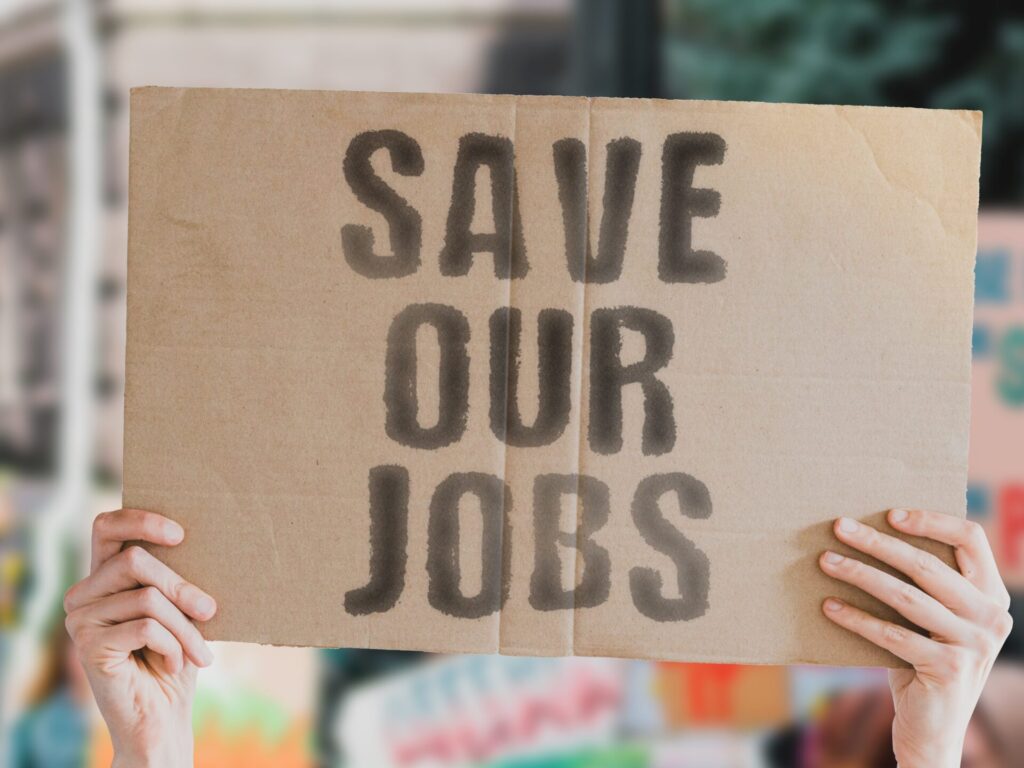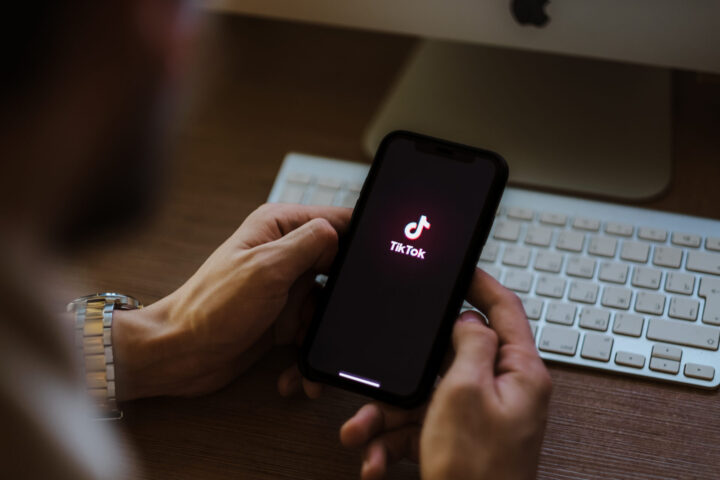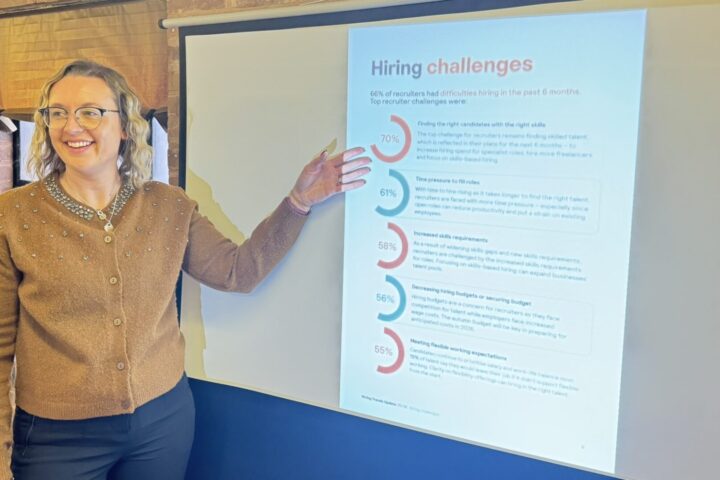Artificial intelligence (AI) avatars are no longer a sci-fi fantasy; they’re here and are driving innovation and transforming the way we work.
These digital representations of individuals, powered by advanced technologies, are set to transform how organisations interact with their employees, customers, and stakeholders.
Most notably though, these avatars will have strong implications for HR departments, transforming the way they work and communicate with employees.
But are they a force of good? Will the adoption of AI avatars remove the human element from human resources? It certainly got me thinking…
AI Avatars: A helping hand?
Firstly, the most significant advantage of using AI avatars is their ability to automate often time-consuming tasks, alleviating resource in HR teams so they can focus on more important strategic tasks. From hiring, employee management and internal communication, AI avatars have an innovative – and not to mention time-saving – role to play.
When it comes to recruitment, AI avatars can support in the initial stages by answering candidate questions, sharing information on job opening as well as guiding candidates through the application process.
There’s even a role avatars can play at the interview stage as many companies are opting for candidates to record answers to questions virtually before interviewing. AI avatars can conduct these, helping to screen candidates before human intervention is required.
Avatars can also support in employee management, boosting employee satisfaction and experience.
These avatars can support in the onboarding process, providing new hires with information on policies, procedures and key resources. But, it’s not just the procedural stuff where avatars can play a big role.
Training and development are fundamental to employees thriving and growing in their roles.
Here, AI avatars can give real time, on the job support and guidance, personalised to each employee. After all, to ensure strong employee experience and satisfaction, feedback is vital.
And, speaking of feedback, AI avatars also have the potential to bring employee surveys to life. You’re less likely to complete or partake in questionnaires and surveys when they’re boring and feel like just another chore to complete.
Instead, these avatars can make them more interactive and engaging; encouraging employees to partake and boosting response rates.
Lastly, internal communication is vital to ensuring employee satisfaction and boosting retention. This is often a task that falls on HR teams; but, this is where AI avatars again can play a strong role in sharing company news in an interactive and engaging format.
From sharing information on benefits and compensation to promoting diversity and inclusion (D&I) initiatives, AI avatars can support HR in ensuring employees are engaged with these communications.
So, what are the risks?
Now, that all sounds like great stuff, doesn’t it? But, we must acknowledge there are of course risks that come with the implementation of avatars.
To ensure they’re used effectively, it’s essential HR teams prioritise transparency, address privacy concerns and ensure the avatars are not the only point of call for any employee concerns.
Avatars should ideally be used in place of administrative tasks, meaning HR teams can put their resource towards more pressing challenges and strategic goals.
However, there is a grey area in what we can define as administrative versus a more complex and sensitive task.
Take requesting sick leave – that should be an easy and simple task. But, where an employee might have a long-term health condition, there are more complex factors that need to be taken into account which AI avatars are less likely to have the context for.
Adding to this challenge is that fact that as AI develops further over time, it replicates human interactions making us more trusting of it. This can then create false expectations of those avatars and can damage trust when expectations are not met.
This is why it’s vital that HR work alongside these avatars, and employees have an easily available contact to assist with more complex and sensitive issues.
When it comes to privacy concerns, there is the potential for significant risk. AI avatars often interact with data that falls under strict privacy and compliance regulations, such as GDPR in the UK and EU.
That can include employee health records, financial data, performance history, and even disciplinary notes.
As a result, these systems must be carefully controlled, audited, and monitored, or they run the risk of inadvertently exposing personal information, storing it inappropriately, or failing to secure it properly. This can therefore result in dire consequences both legal and reputational.
The future of AI avatars in HR
So, we’ve looked at the benefits and risks – but here’s the real question: is it time to replace your HR team with robots?
Short answer? No. HR is (and always should be) predominantly human-focused. But used wisely, AI avatars can be an incredibly powerful ally. When implemented thoughtfully, they can streamline admin, enhance employee experiences, and take pressure off stretched HR teams.
The key here is balance. Organisations should adopt AI in line with their values, keeping a close eye on how it affects people and culture.
The most successful businesses will be the ones that double down on the human side of HR – things like empathy, complex problem-solving, and real connection. That’s where truly successful HR teams really excel.
Let AI handle the repetitive stuff. Let your HR team focus on what they do best: building relationships, driving strategy, and making your workplace a better place to be. That’s where the real value – and retention – lives.
Simon Noble is CEO at Cezanne
















